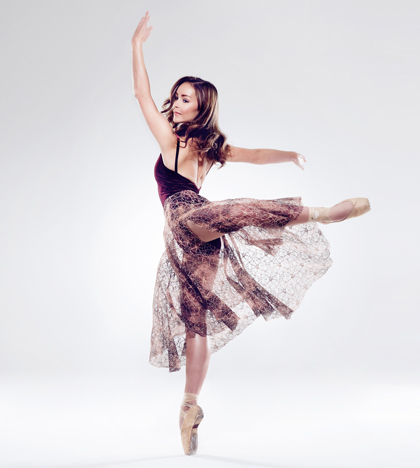A Lifetime of Learning at the Ballet
 Think fast. What is the first thing that comes to mind when you hear the word adagio?
Think fast. What is the first thing that comes to mind when you hear the word adagio?
We recently asked this question to the members of our Ballerina Group on Facebook and many dancers replied with answers like: “slow, controlled, and graceful”; “gracefully slow”; “slow and controlled movement”; and even “slow suffering.”
It is true. In ballet class, the adagio exercise that takes place in center after barre work is slow by definition, and it requires a great amount of strength and stamina to make the movements appear graceful.
Although I have been familiar with the ballet definition of adagio for years, I found an interesting discovery when researching the root of the term. Adage, which is a French word derived from the Italian ad agio, actually means at ease or leisure.
I had to giggle a bit when I first read this because, as most dancers would agree, the adagio performed in class or on stage feels anything but easy or leisurely. Yet we work so hard to be strong enough, poised enough, and balanced enough to perform this set of pliés, développés, arabesques, attitudes, and pirouettes with a look of pure grace and ease. No sweat!
That dichotomy between the appearance of effortless grace and the actual strength it takes to execute beautiful ballet movements is one of the characteristics I love so much about the art of dance. It’s why we spend hours upon hours in class fine-tuning movements over the course of a lifetime.
I’ll never forget a car ride on the way to rehearsal when a fellow dancer was on the phone with her father, explaining that she was just saying hi on the way to ballet class. He asked a very genuine question. Why must she keep going to class for ballet after more than 25 years? Shouldn’t she have finished learning it by now?
I giggled that day too, and realized how lucky we are to be involved in an art form so specialized and so grand, that you can continue being a student for your entire lifetime, and still discover something new in every class.



